Testimony of the Day
“OK…I realize this might be a little premature but here goes…I laughed yesterday! That is one thing that I noticed and really missed…I never laughed! So sad! I don’t even have all my supplements yet…still waiting on one. Sleep is better…about to try two patches of melatonin you suggested.
I’m pleased with the changes I’m seeing! Thank you! Kaye”
To get started on your path to health and healing, click HERE. I’d be honored to help you too!
Coconut Sugar
Coconut sugar is a sweetener that has become very popular in the past few years. Man, I get a million questions about this sweetener. This sugar is derived from the coconut palm tree and is hyped as being more nutritious and lower on the glycemic index than sugar. Coconut sugar is made in a two-step process:
1. A cut is made on the flower of the coconut palm, and the liquid sap is collected into containers.
2. The sap is placed under heat until most of the water in it has evaporated.
Coconut sugar does maintain some of the nutrients found in the coconut palm. It is difficult to find exact data on this, but according to the Philippine Department of Agriculture, coconut sugar contains several nutrients.[39] Most notable of these are the minerals iron, zinc, calcium, and potassium, along with some polyphenols and antioxidants that may also provide some health benefits. The reason it is lower on the glycemic index is because it also contains a fiber called inulin, which may slow glucose absorption.[40]
Even though coconut sugar does contain some nutrients, you’d have to eat a ridiculous amount of it to really get any benefits from these nutrients. You would get a lot more from non-sweet foods. Coconut sugar has the same amount of empty calories as table sugar.
One of the big contributors to the aging process and development and perpetuation of degenerative diseases is Advanced Glycation End Product (AGEs) glycation. Glycation is where a chemical reaction occurs between proteins and either sugars, lipid peroxidation products (free radicals from oxidative damage), or the breakdown products of sugar. So sugar plays a big role in glycation as does oxidative damage (think PUFA oils and sugar inflammation). Glycation is the forming of sort of a crust around our cells. Many different studies have shown that this crust contributes to a wide range of diseases including diabetes, Alzheimer’s, heart disease, asthma, stroke, cataracts, glaucoma, PCOS, autoimmune disease and much more. So what role does fructose play here? Studies have shown that fructose enables glycation reactions ten times more rapidly than glucose!
So again, you may be thinking, “OK Maria, if I want to sweeten something a little, I will use coconut sugar since it seems less harmless than honey.” No! Let me surprise you with a tidbit: even though I see claims all over the web that coconut sugar is commendably fructose-free, 70 to 80% of it is made of sucrose, which is half fructose (and half glucose)![41] This essentially means that coconut sugar supplies the same amount of fructose as regular sugar, gram for gram.
Fructose can only be metabolized by the liver; glucose on the other hand can be metabolized by every cell in the body. Fructose raises triglycerides (blood fats) like no other food. Fructose bypasses the enzyme phosphofructokinase, which is the rate-limiting enzyme for glucose metabolism. Fructose is shunted past the sugar-regulating pathways and into the fat-formation pathway. The liver converts this fructose to fat, which, unfortunately, remains in the liver = FATTY LIVER DISEASE. Consuming fructose is essentially consuming fat! This is why I see so many children with fatty liver disease…they aren’t drinking alcohol, they are drinking sodas, juices and consuming too much fructose!
As long as you understand just how detrimental fructose is not only to your waist line, but also to the overall health of your cells and liver, you see that coconut sugar should be avoided.
The liver governs how efficiently we lose weight as well as governs our moods. It can become congested from not only the fructose and sugar you eat, but all of the make-up and soaps you use on your skin! I had one client who had her liver enzymes go back to normal once she ditched all of the lotions and make-up products she was using! It is important to look at what you are putting on your skin too! It all gets absorbed by the liver. Instead of store bought lip balm, how about making this “healthified” lip balm for your Valentine? Click HERE to find ingredients.
Read more about fructose and liver health in my new book Keto-Adapted.
Click HERE to get a limited edition of the Hard Cover.
Click HERE to get a soft cover.
Thank you all for your love and support!
“HEALTHIFIED” WILD “RICE” SOUP
1/2 cup butter
1/2 finely chopped onion
1/2 cup chopped celery
1/2 pound fresh sliced mushrooms
6 cups chicken broth
1 cup chopped asparagus
1 cup cauliflower “rice”
1 pound boneless skinless chicken breasts, cooked and cubed
1/2 tsp Celtic sea salt
1/2 teaspoon curry powder
1/2 teaspoon mustard powder
1/2 teaspoon dried parsley
1/2 teaspoon ground black pepper
1 cup chopped almonds
1 cup cream cheese or coconut cream
In a food processor (or cheese grater), chop cauliflower into small rice-like pieces. Set aside.
In a large saucepan, melt butter over medium heat. Stir in the onion, celery and saute for 5 minutes or until soft. Add the mushrooms and saute for 2 more minutes. Slowly add in the chicken broth, stirring constantly. Bring to a boil, reduce heat to low and let simmer.
Next, add the asparagus, cauliflower rice, chicken, salt, curry powder, mustard powder, parsley, ground black pepper, almonds and cream cheese. Allow to heat through, and wisk to incorporate the cream cheese. Let simmer for 1 to 2 hours.
Nutritional Comparison (serves 8)
1 serving Traditional Soup: 529 calories, 28.7 carbs, 3.6 fiber
1 serving of “Healthified” Soup = 365 calories, 6.5 carbs, 3.7 fiber
CLICK HERE TO FIND THE FOOD PROCESSOR I USE TO MAKE ‘CAULIFLOWER RICE’


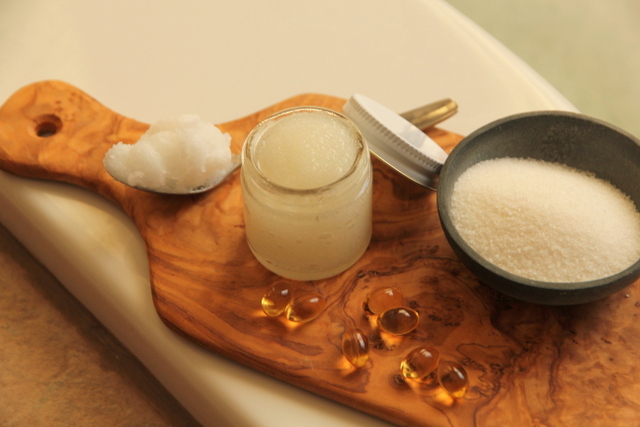

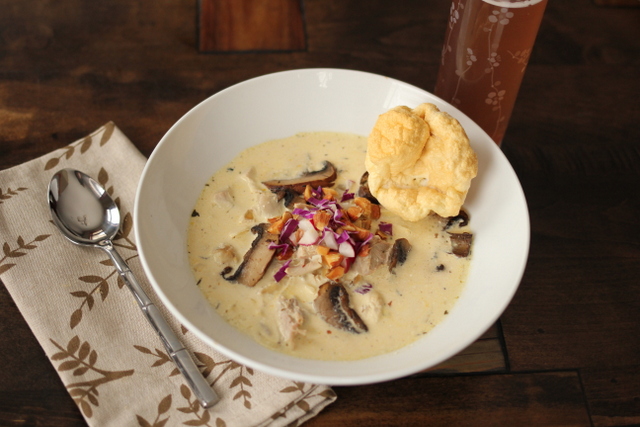
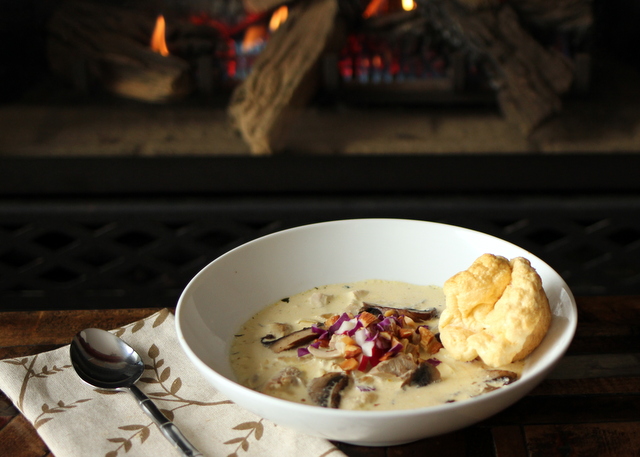

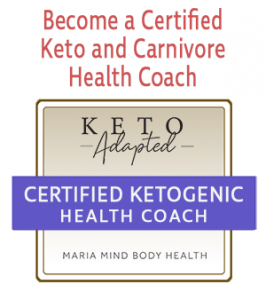

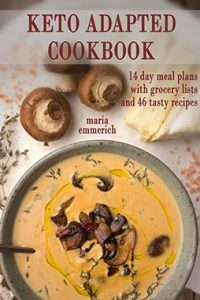

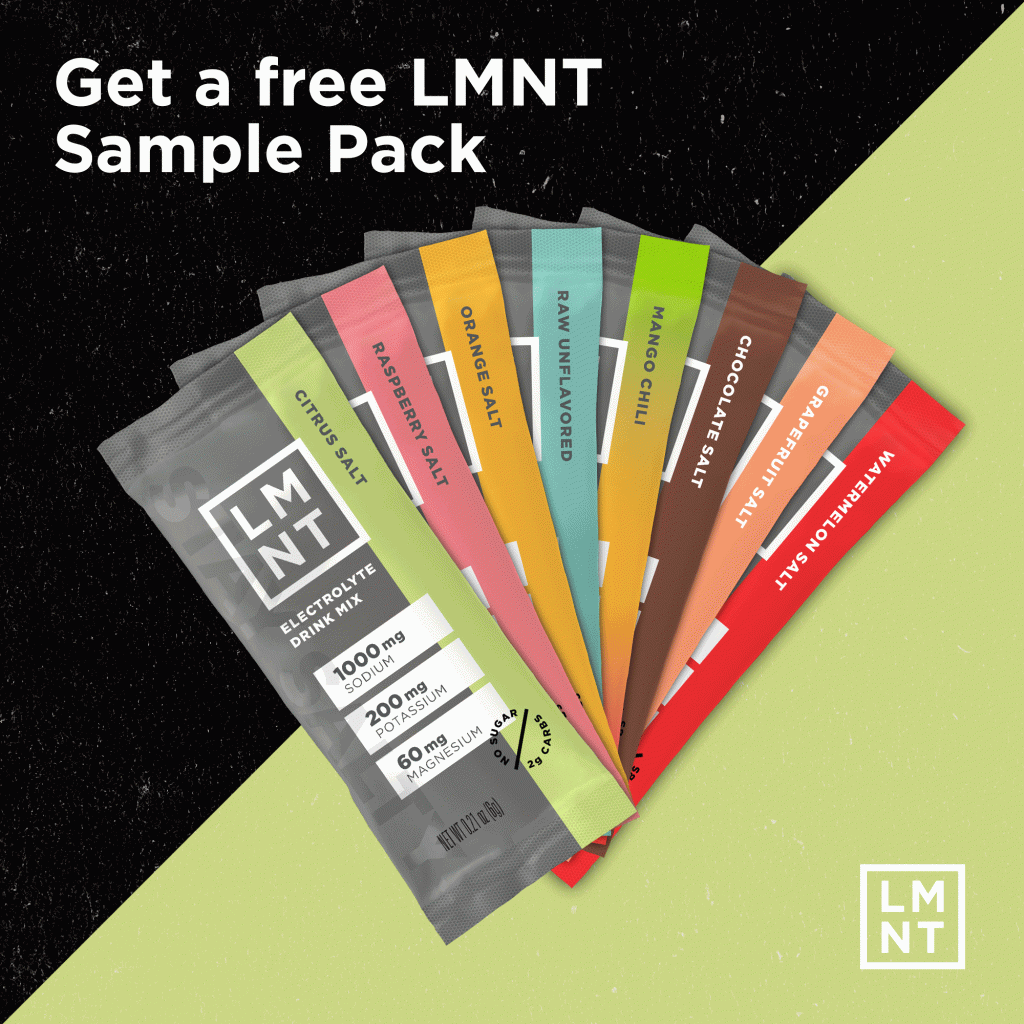
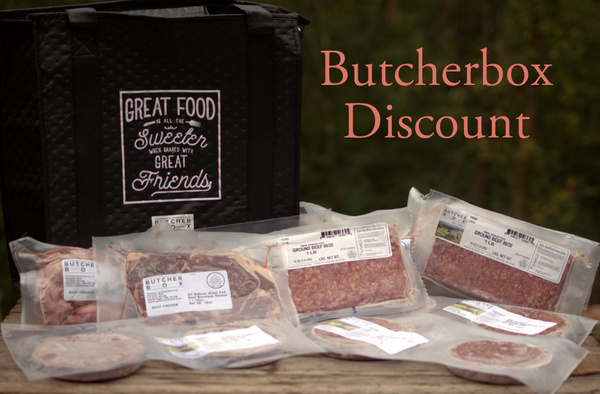


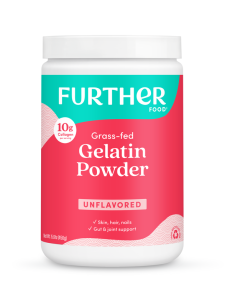

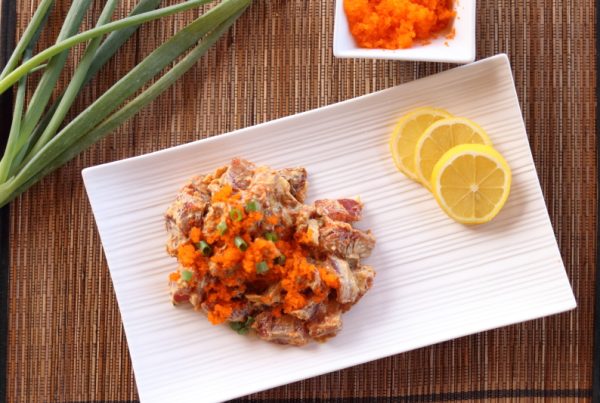
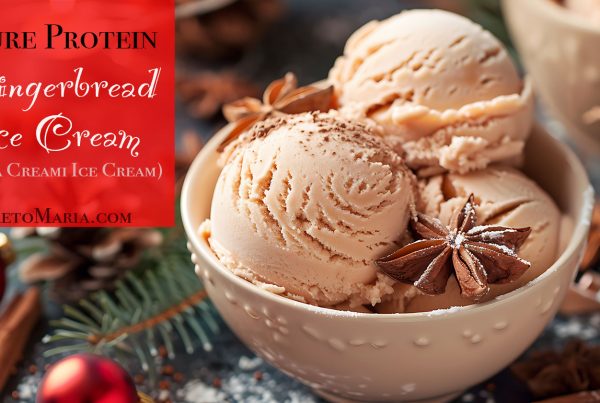
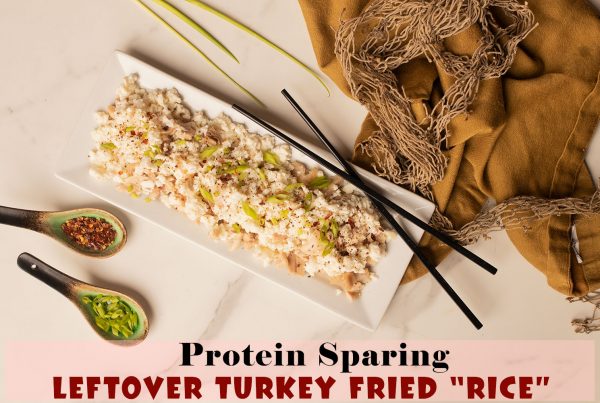
I made this over the weekend. Skipped the almonds (so my baby can have some of the soup…we haven’t intro’d nuts yet). Made it without the cream cheese so I could freeze and then add it in when I reheat. I gave some to my kids before bed (they asked for some after smelling it cooking) and they LOVED it. My oldest son (almost 7yo) told me I should “write a cookbook and put this recipe in it.” I had to explain it wasn’t my recipe, but that I’d let the author of the recipe know he enjoyed it! My almost 4yo told me that this gets “100 thumbs up”. A ringing endorsement I’d say!
Thanks SO much! You totally made my night!
Is the cauliflower cooked before you “rice” it in the food processor? Cooked cauliflower sounds like it could get mushy..
Nope, I rice it before cooking. 🙂
This recipe is DEE-LISH!!!! my whole family loves it!!! I am new to this nutritious way of cooking, and I’m still learning- I’ve lost about 10 lbs so far! I feel so much better than I have in YEARS!! Thanks Maria!
Awesome! Thank you! 🙂
Made this recipe for Christmas Eve dinner. It was a huge hit. Everyone was raving about it.
Could this be made in the slow cooker?
Yep
Made this for Monday Soup Night…very good and a really nice change from our standards. Thanks!
Awesome!😍
Maria .. Once again a magical recipe, we absolutely love this soup and served with your Protein bread it was a perfect meal. Thank you so much for making our lives so healthy and delicious x
You made my day❤️